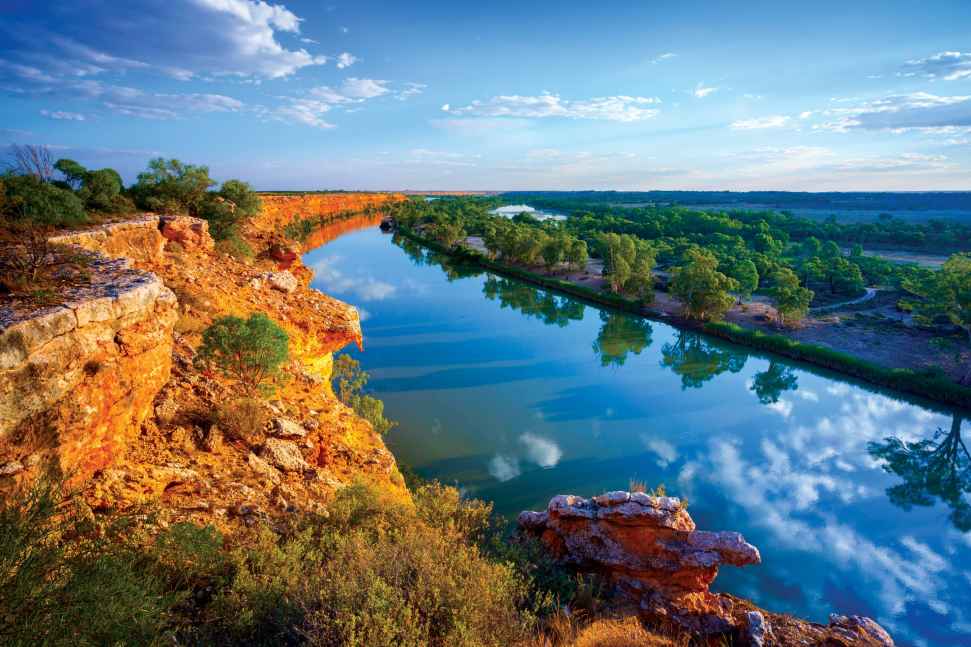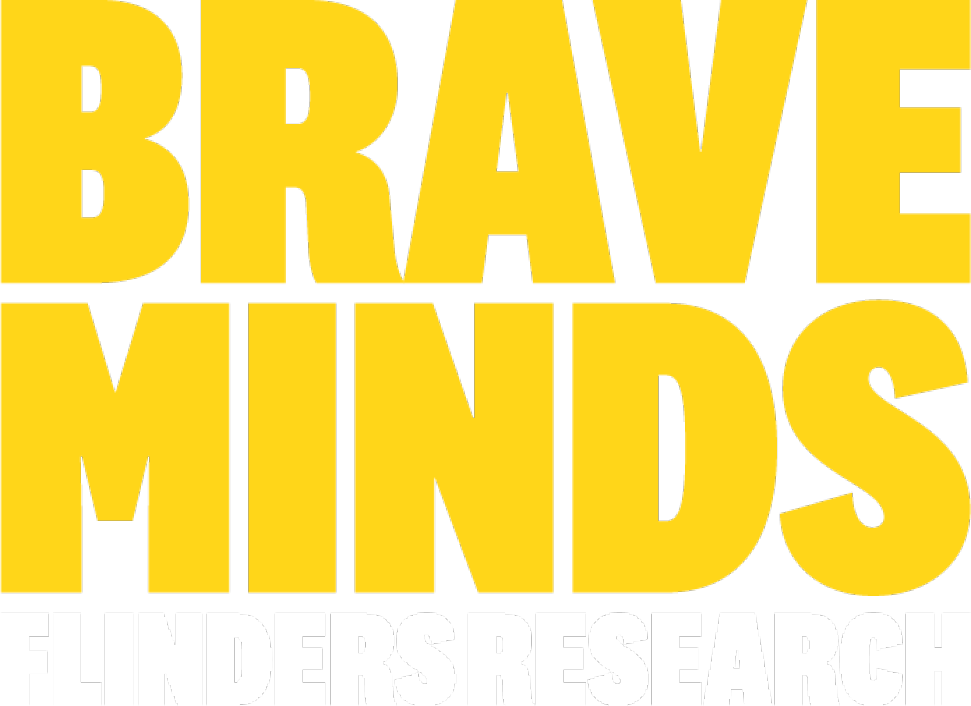Bec Crew
5 FOSSIL DISCOVERIES THAT STUNNED THE WORLD
—
Finding fossils, says internationally renowned palaeontologist Professor John Long, is an art form. And just like prospecting at the edge of a lake, the real skill is knowing how to put yourself in the prime position to strike gold.
As Australia’s leading university for palaeontology, Flinders University has an incredible track record of discoveries that have made their mark on the international stage.
“We know what we’re doing, we know how to find fossils,” says John Long, Strategic Professor in Palaeontology at Flinders University and member of the Flinders Palaeontology Group.
“You can spend five or six weeks out in the field, but eventually you hit paydirt and you find something spectacular.”
Here are five of the most iconic finds by Flinders palaeontologists.
1. The ‘Mother Fish’
This fossil represents the origin of sex as we know it – a 400-million-year-old fish carrying a perfectly preserved embryo.
Found in 2015 by Professor Long on Gogo Station in the Kimberley region of Western Australia, it made the Guinness World Records 2010 as the ‘Oldest Live Birth’.
“It was remarkable, not only because it was the oldest embryo and represented the origin of complex sexual reproduction, but it also had a mineralised umbilical cord still attached to the embryo,” says Professor Long.
The species was named Materpiscis attenboroughi after Sir David Attenborough, who later remarked, “Now my name will always be associated with the origins of sex.”
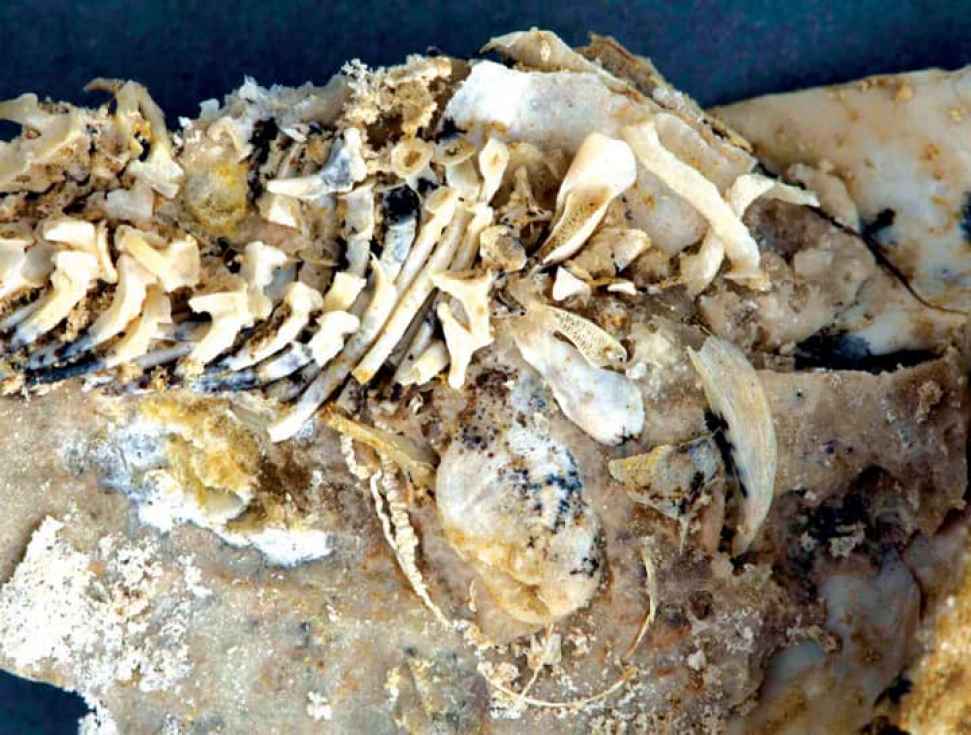
Close-up of an embryo inside a fossilised fish, with the umbilical cord still visible. Credit: John Long.
2. Lions and tree kangaroos in the Nullarbor
John Long with the first ever complete marsupial lion skeleton. Credit: Clay Bryce/Western Australian Museum.
It might be a barren landscape now, but hundreds of thousands of years ago the Nullarbor Plain in southern Australia would have been a very different place. In fact, it was once home to a bunch of tree-dwelling marsupials.
In the early 2000s, a team led by Professor Gavin Prideaux discovered skeletal remains of an extinct species of tree kangaroo – now known as Bohra – that had fallen into a cave. Alongside it were fossils from animals no one had ever seen before, as well as the first complete skeleton of a marsupial lion.
“The whole discovery was huge,” says Professor Long. “It caused a sensation in the media.”
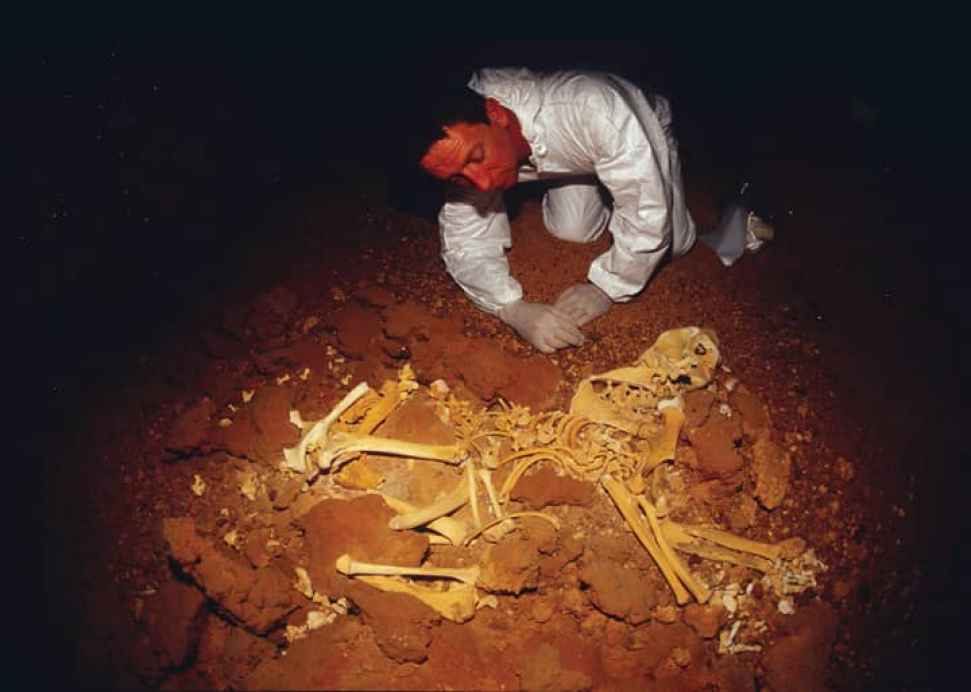
John Long with the first ever complete marsupial lion skeleton. Credit: Clay Bryce/Western Australian Museum.
3. Sharks of Antarctica
Fossilised teeth and jaw bones pulled from rocks in Antarctica established it as the origin point of shark diversity on Earth.
“These fossils represent a massive increase in size,” says Professor Long, estimating that these 390-million-year-old sharks would have been three metres long. “The only known sharks that are older than these were really, really tiny.”
Professor Long has spent 30 years braving the harsh conditions of the Transantarctic Mountains to find fossils like these, with more expeditions planned to continue his search for prehistoric fish.
“We’ve crossed crevasse fields, been hit by avalanches – we’ve had all sorts of life and death adventures out there.”
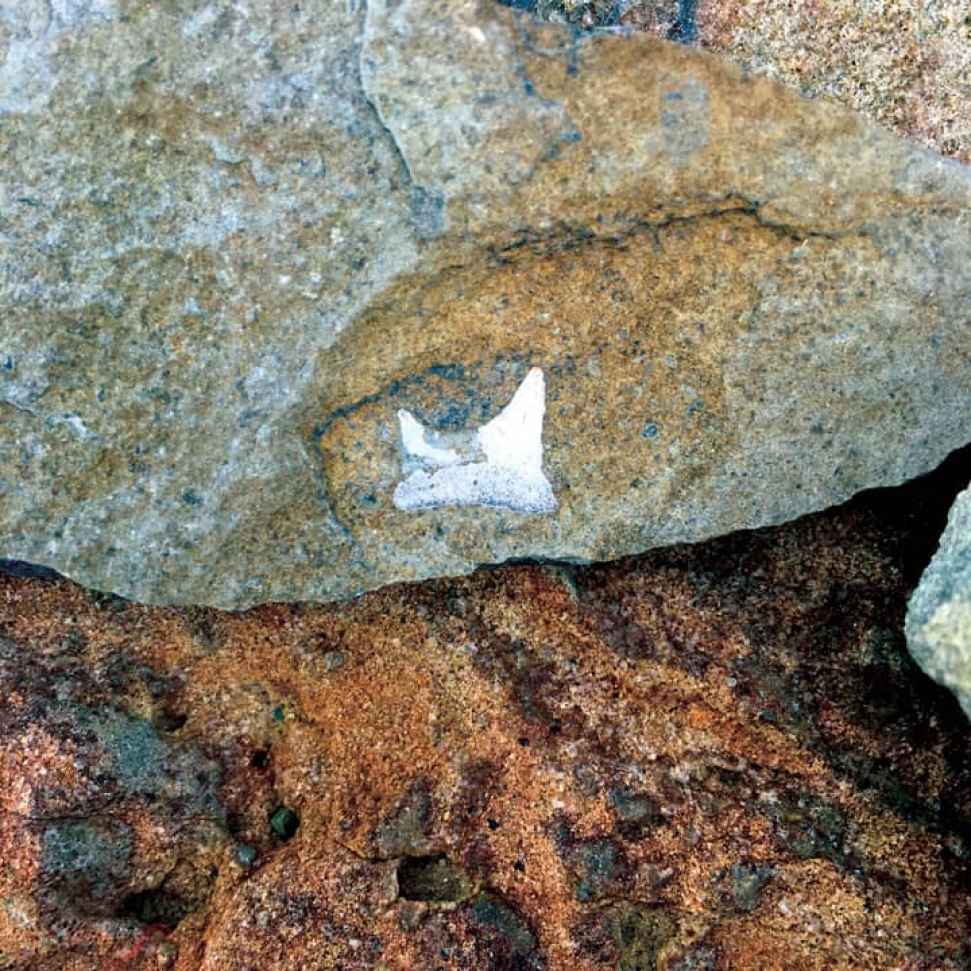
The fossilised tooth of a 390-million-year-old Antarctic shark. Credit: John Long.
4. Great, thundering ducks
In 2014, the remains of the giant flightless bird Genyornis were found at Lake Callabona in South Australia by Drs Trevor Worthy and Aaron Camens. It belonged to a group called the dromornithids, which, standing 3 metres tall and weighing 650 kg, were some of the largest birds ever to have lived on Earth.
“Trevor and Aaron have been pioneering new methods of fossil collection to make these discoveries,” says Professor Long. “These are very remote salt lakes and you can’t take a normal four-wheel drive out there, so they’ve been hiring quad bikes to get to sites that no one else has ever been to.”
These giant birds weren’t like emus or cassowaries – their closest living relatives are ducks and geese. No wonder they’ve been nicknamed the ‘demon ducks’.
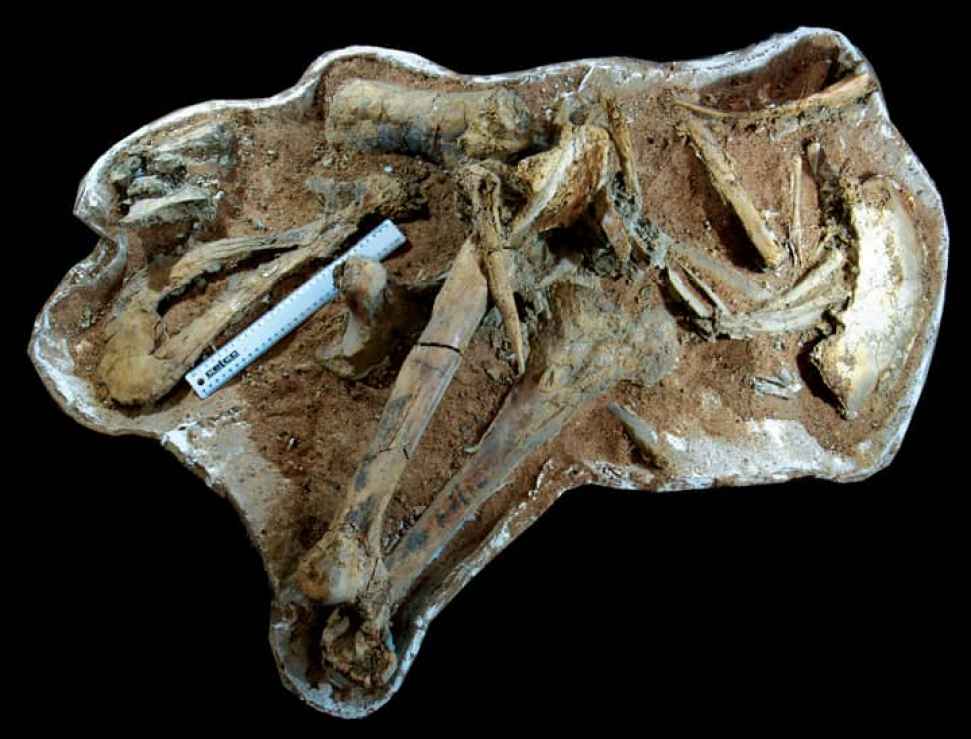
An almost complete skeleton of Genyornis, the last surviving dromornithid. Credit: Aaron Camens
5. Footprints of Australia’s largest land mammal
Prehistoric animal tracks are extremely rare in Australia, but Dr Camens managed to find a site in western Victoria where an array of extinct animal footprints has been preserved in a long-evaporated lake bed.
“It’s a unique slice of prehistoric time preserved,” says Professor Long.
The site also happens to include tracks left by the car-sized, wombat-like Diprotodon, Australia’s largest ever marsupial, which weighed up to 2.8 tonnes.
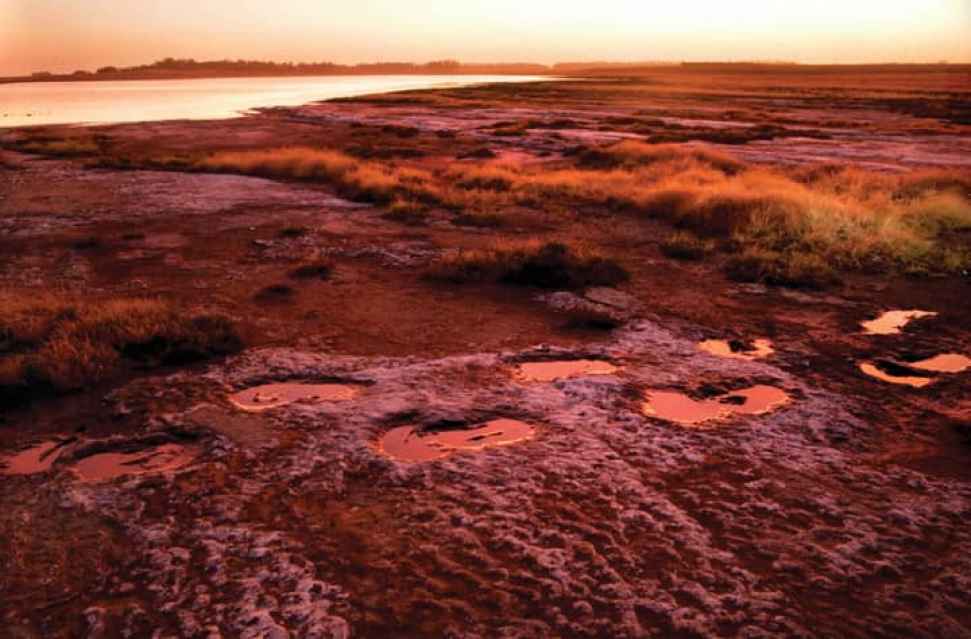
Caption: Footprints of the car-sized Diprotodon.Credit: Amy Toensing.
Donate to research
Through research, and research-led teaching, we build and develop the knowledge and capabilities that improve lives and enhance society as a whole. Your gift can help support our projects, which are finding practical solutions to real-world challenges and create hope for a better future.
![]()
Sturt Rd, Bedford Park
South Australia 5042
South Australia | Northern Territory
Global | Online


